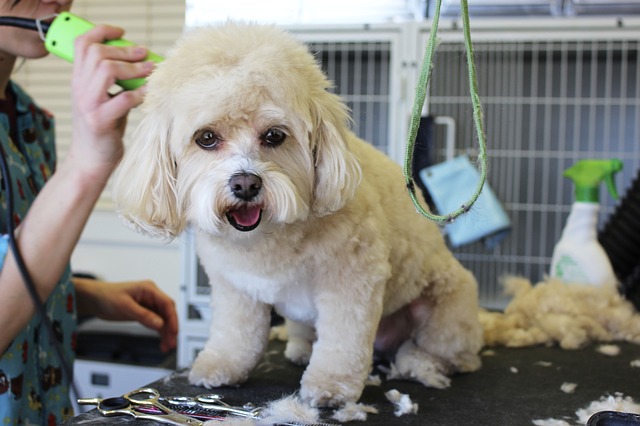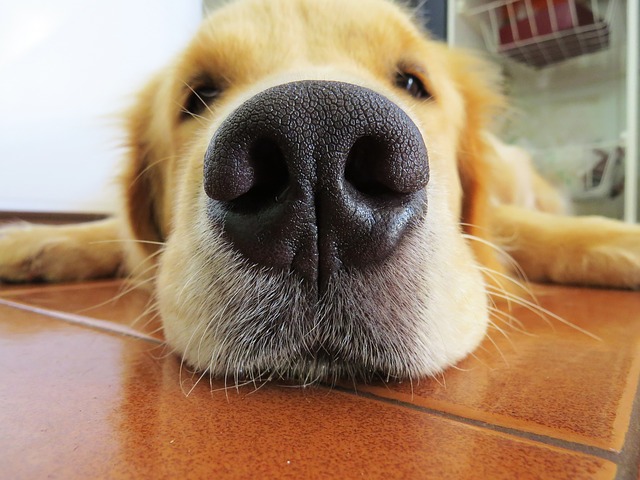
If you follow us on social media, you’ve probably seen a lot of posts about Wet Nose Day and “posing with your nose” to show your support for the campaign, which we are sponsoring.
For those of you who aren’t currently aware of Wet Nose Day, this blog post tells you a bit more about what it is and how you can help.
This takes place from 29th September to 1st October and is all about raising funds for a number of animal rescue centres, all of whom are struggling to pay vet bills and buy much needed equipment and food for the animals in their care.
They rely on donations to help them with these costs but these are unfortunately down on previous years. At the same time, the number of animals coming into their care is rising.
This imbalance is stretching their resources and this is why we were so keen to come on board as a sponsor of Wet Nose Day. If you’d like to help out too, why not think about planning a fun day to help to raise some much needed funds?
How You Can Help
Holding your own fundraising event can help animal rescue centres to redress the imbalance they have between outgoings and incoming donations. This can help them to cover the costs of more food and medical treatments for the growing number of animals they’re looking after.
You could join in with an organised event such as the skydiving fundraiser taking place on Friday 29th September (and the Saturday and Sunday of that weekend) at Beccles Airfield, which requires a £100 registration fee and groups of 5 or 6 people to raise a minimum of £300.
Or you could have a go at organising your own fundraising event to help out. This could be absolutely anything, from cake sales and coffee mornings to something a lot more ambitious! Anything goes so why not get creative? If you want to keep it simple and animal themed, you might want to think about a sponsored dog walk or something similar, for example.
Some of the other fundraising activities that have been planned in the past include ‘doggy’ tea parties and selling animal themed jewellery to give you a bit of inspiration for the kind of things you could plan.
Are you planning to hold an event or take part in an activity to raise funds for Wet Nose Day? We’d love to hear what you’re planning so do let us know in the comments section below!
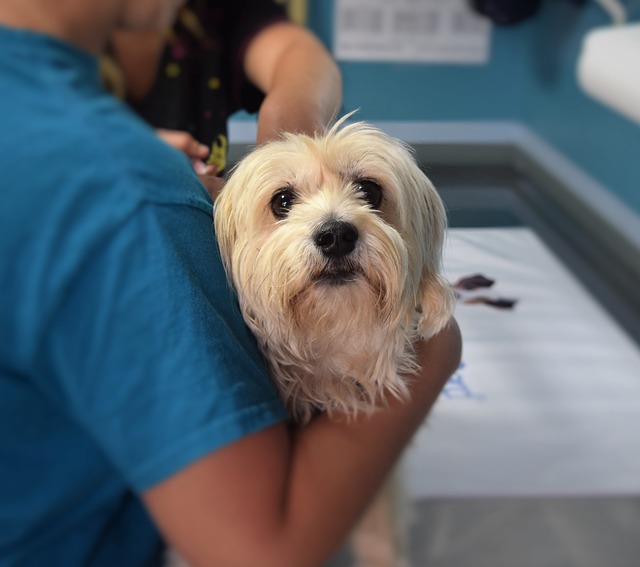
 For a variety of reasons, many people wish to keep their cat as an indoor pet. As with humans, sometimes life indoors can become boring for cats (and stressful) if there’s not enough to interest them or keep them entertained.
For a variety of reasons, many people wish to keep their cat as an indoor pet. As with humans, sometimes life indoors can become boring for cats (and stressful) if there’s not enough to interest them or keep them entertained. 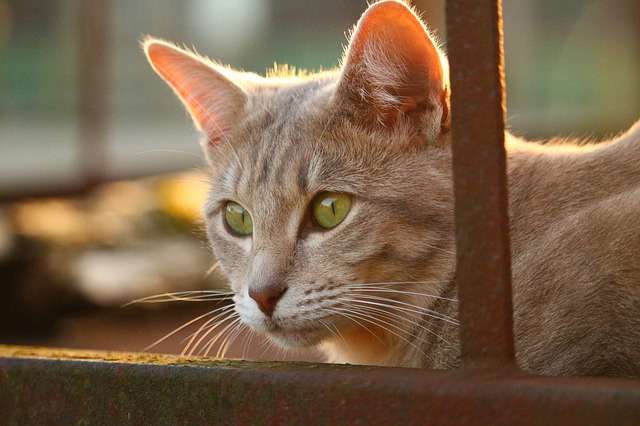 Your cat’s kidneys play a vital part in keeping your cat healthy: they flush out toxins in the blood and produce urine. This means that if your cat develops kidney problems, they may also suffer other health issues. Because of this, it is important that you pay close attention to your cat’s health, especially as they get older, so that you can get veterinary help as soon as possible.
Your cat’s kidneys play a vital part in keeping your cat healthy: they flush out toxins in the blood and produce urine. This means that if your cat develops kidney problems, they may also suffer other health issues. Because of this, it is important that you pay close attention to your cat’s health, especially as they get older, so that you can get veterinary help as soon as possible. 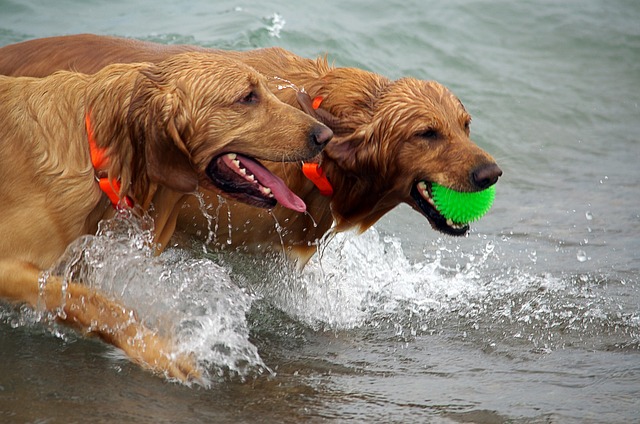 Nothing beats a warm summer’s day at the beach, and it’s made even better when your pooch can join you! The UK has a wonderful selection of dog-friendly beaches, even in the summer months, which means they don’t have to miss out on the family fun. However, much like taking a young child to the beach, bringing your dog along for the day does require a little more preparation and planning so that it can go as smoothly as possible, and with these top tips, there’s no reason that anything should go wrong!
Nothing beats a warm summer’s day at the beach, and it’s made even better when your pooch can join you! The UK has a wonderful selection of dog-friendly beaches, even in the summer months, which means they don’t have to miss out on the family fun. However, much like taking a young child to the beach, bringing your dog along for the day does require a little more preparation and planning so that it can go as smoothly as possible, and with these top tips, there’s no reason that anything should go wrong!